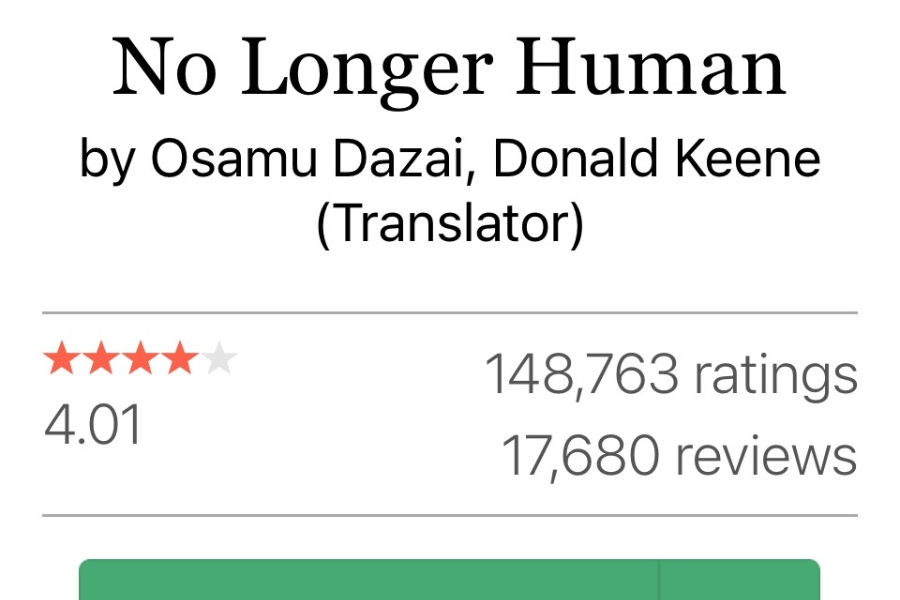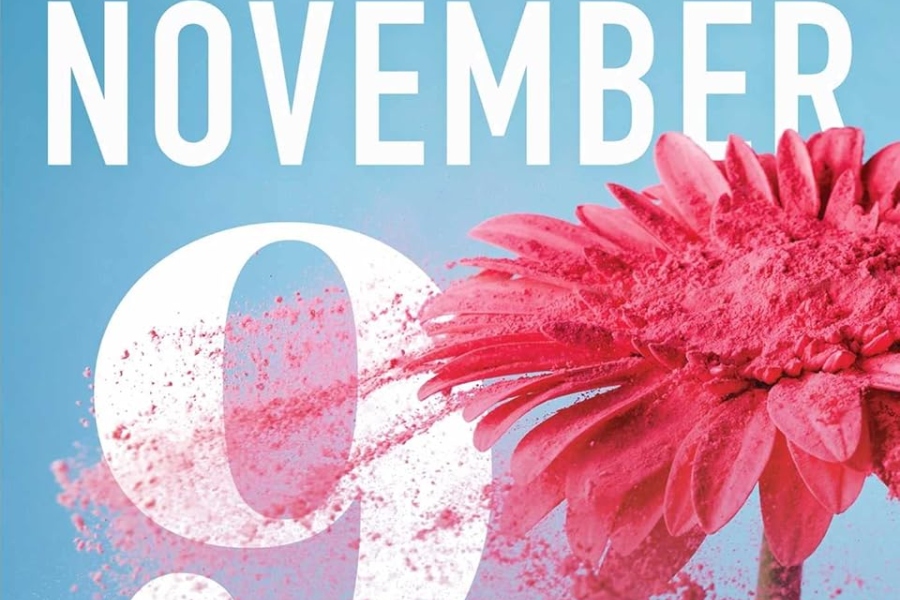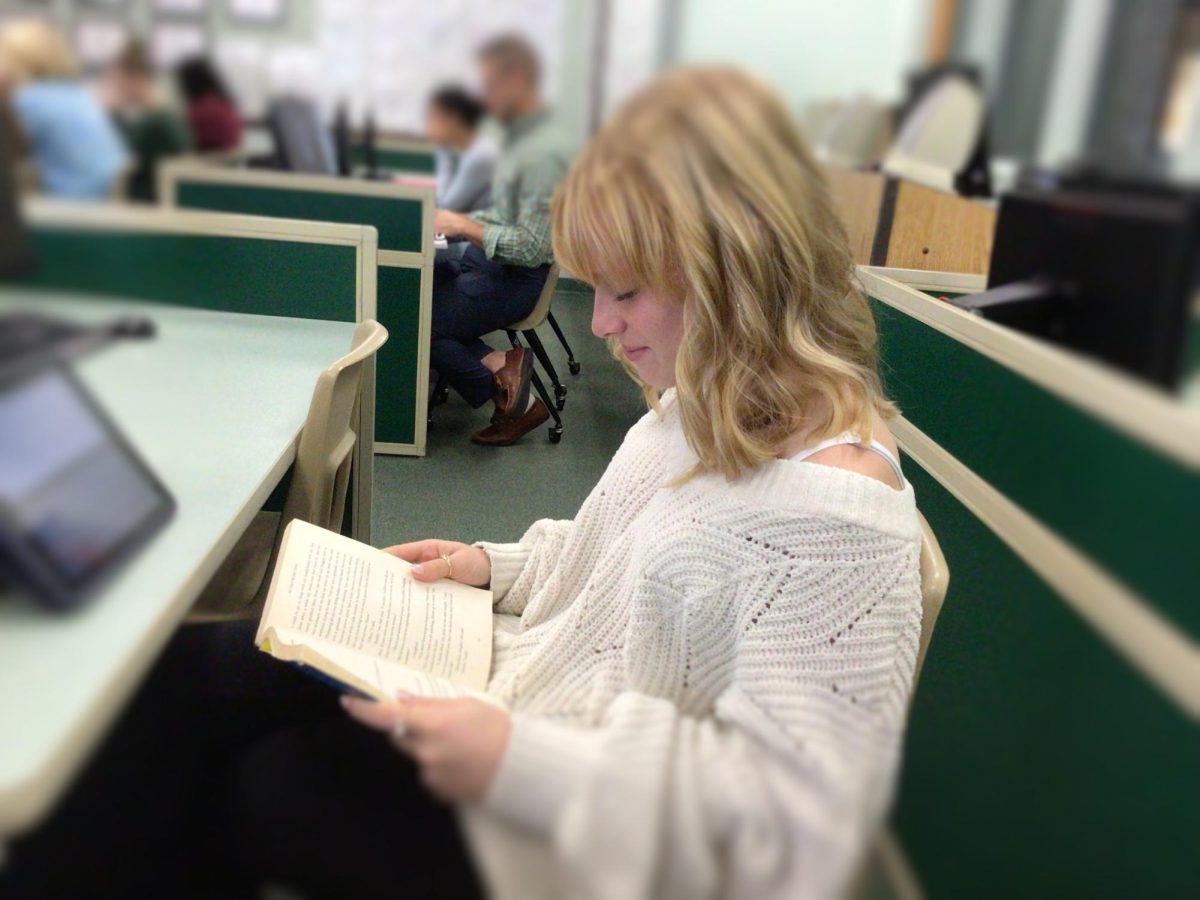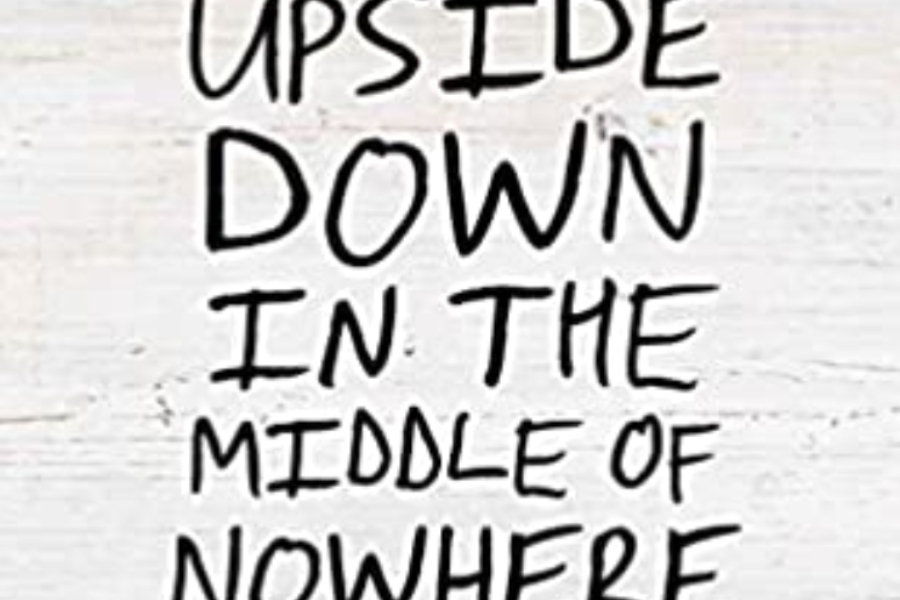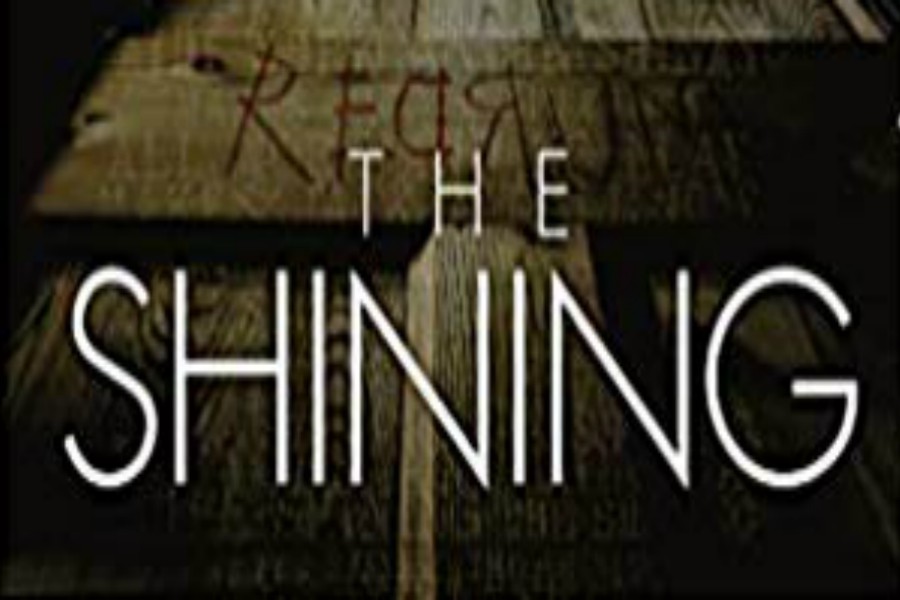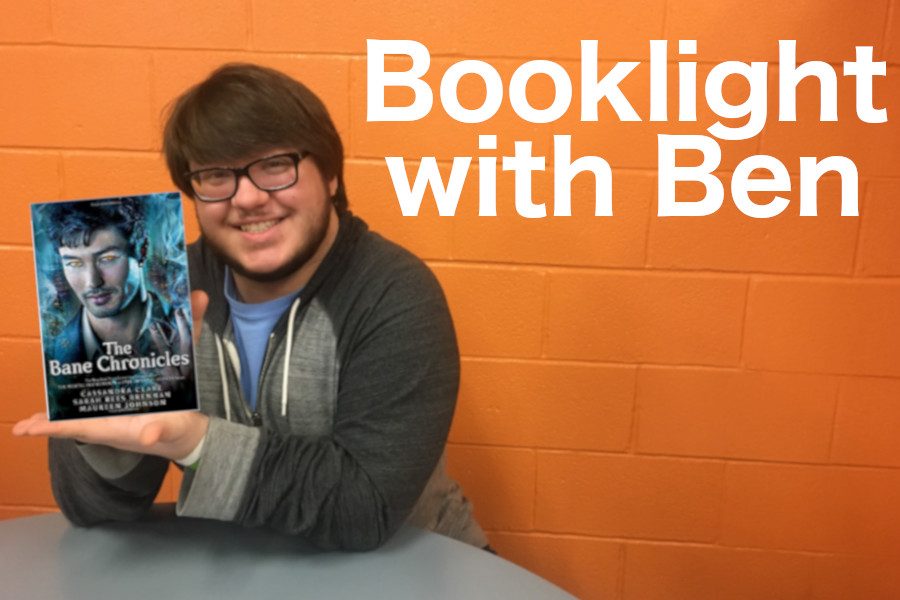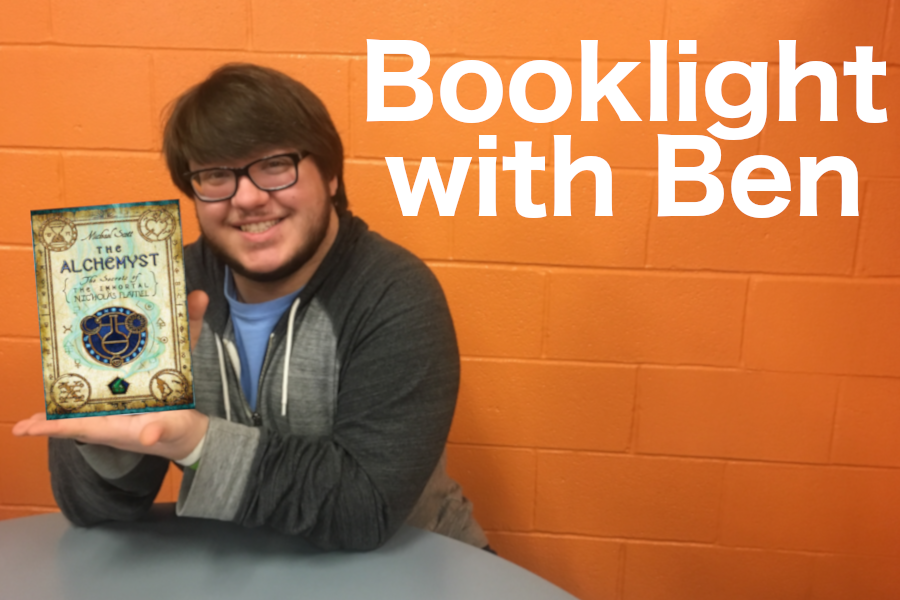Osmau Dazai’s book, No Longer Human explores the ideas of social alienation with a series of notebooks that slowly get darker. The book was published in 1948 only one month after Dazai took his own life. The book is seen as Dazai’s masterpiece and is considered a classic among postwar Japanese literature. It also touches on major themes of sexual abuse, drug addiction and suicide making it a hard read for some.
The book has sold twelve million copies since its original release date making it one of the best selling Japanese books. But what makes this book stay relevant to a modern day audience? And what does this book say about the author’s life?
SUMMARY
No Longer Human follows the life of Oba Yozo throughout three different points in his life.
The first notebook begins in Oba’s early childhood where he finds himself not being able to understand those around him. To help cope with this, Oba begins to act as a ‘clown’ to form relationships. Oba has trouble understanding those around him and begins to separate himself from humans. His clownish antics are described as a way to not be taken seriously by humans but as not to anger them as well.
The second notebook takes place during the high-school to college years of oba’s life. Oba continues his facade of fooling everyone, noting that it’s easier to fool people he hasn’t been around. However, Oba’s mask begins to slip during a training exercise at school where he comically falls to get a laugh out of his peers. After the stunt, another student, Takeichi, calls out Oba’s buffoonery.
His fear of being called out makes Oba befriend Takeichi who inspires Oba to paint to express his suffering. Oba then paints a self portrait which horrifies him and only shows it to Takeichi who says he will be a great artist some day. This helps him from cowering from humanity, but to depict it in art like many other great artists.
Oba finishes high school and attends university in Tokyo. At painting classes he meets a man named Horiki who influences Oba into a pattern of drinking, smoking, and selling himself. Oba then meets a married woman who he spends the night with. The two later attempt suicide together by drowning, Oba survives the attempt while the woman dies leading to him being disowned by his family and an intense feeling of guilt.
The third notebook is broken up into two parts. In the first part Oba is expelled from university due to the involvement of the women’s suicide. He then comes under care of a family friend named Flatfish.
Oba then later tries to have a normal relationship with a single mother and her daughter. However, the daughter unintentionally hurts Oba one night when she says, “I wish I could have my real father back.” He later abandons the family and spirals into a pattern of drinking.
At a bar, Oba meets a young woman named Yoshiko who wants him to stop drinking. Yoshiko helps break Oba of his drinking habit and he begins to work as a news cartoonist. Horiko later returns and sends Oba into another spout of drinking. He also witnesses his wife being assaulted and he does nothing to help noting, “It’s another aspect of human life.”
This ultimately leads Oba into the plunge of drinking again. One night he attempts another suicide using sleeping pills. After he falls into a usage of morphine becoming heavily addicted, Oba is taken into a mental institute. After being released from the hospital, Oba moves to a secluded location finishing the story with the fact that he feels neither happy nor sad.
ANALYSIS
Dazai’s No Longer Human is a daunting tale that shows the struggles of the author himself. The book itself is considered a quasi-autobiography for its relevance to the author’s life.
Many of the problems Oba faces overlap with problems that Dazai faced in his own life. For example, Dazai also attempted suicide with a women, only to survive while she died. Dazai also faced legal trouble for this, but his father stepped in and he was released with no charges. Dazai was also disowned from his family for being expelled from Tokyo Imperial University.
Several themes of the book also apply to the life of Dazai. After developing appendicitis, Dazai became addicted to morphine, where he would later be taken to a mental institution and be forced to quit cold turkey. He also became an alcoholic later in his life and abandoned his family for another woman.
Dazai’s ability to display this pain onto paper is both beautiful and sinister when you know the true meaning of what he writes. Reading this book is like a scab that keeps being picked open.
However, a foreword by the translator, Donald Keene, says, “No Longer Human is not a cheerful book, yet its effect is far from that of a painful wound gratuitously inflicted on the reader.”
To paraphrase, Donald Keene describes the book’s ability to overcome despair and the uncontrollable as the true take away from the book. This message of overcoming the unimaginable keeps No Longer Human relevant to today. The book’s ideas of alienation and not fitting in can apply to many situations for modern day teenagers.


